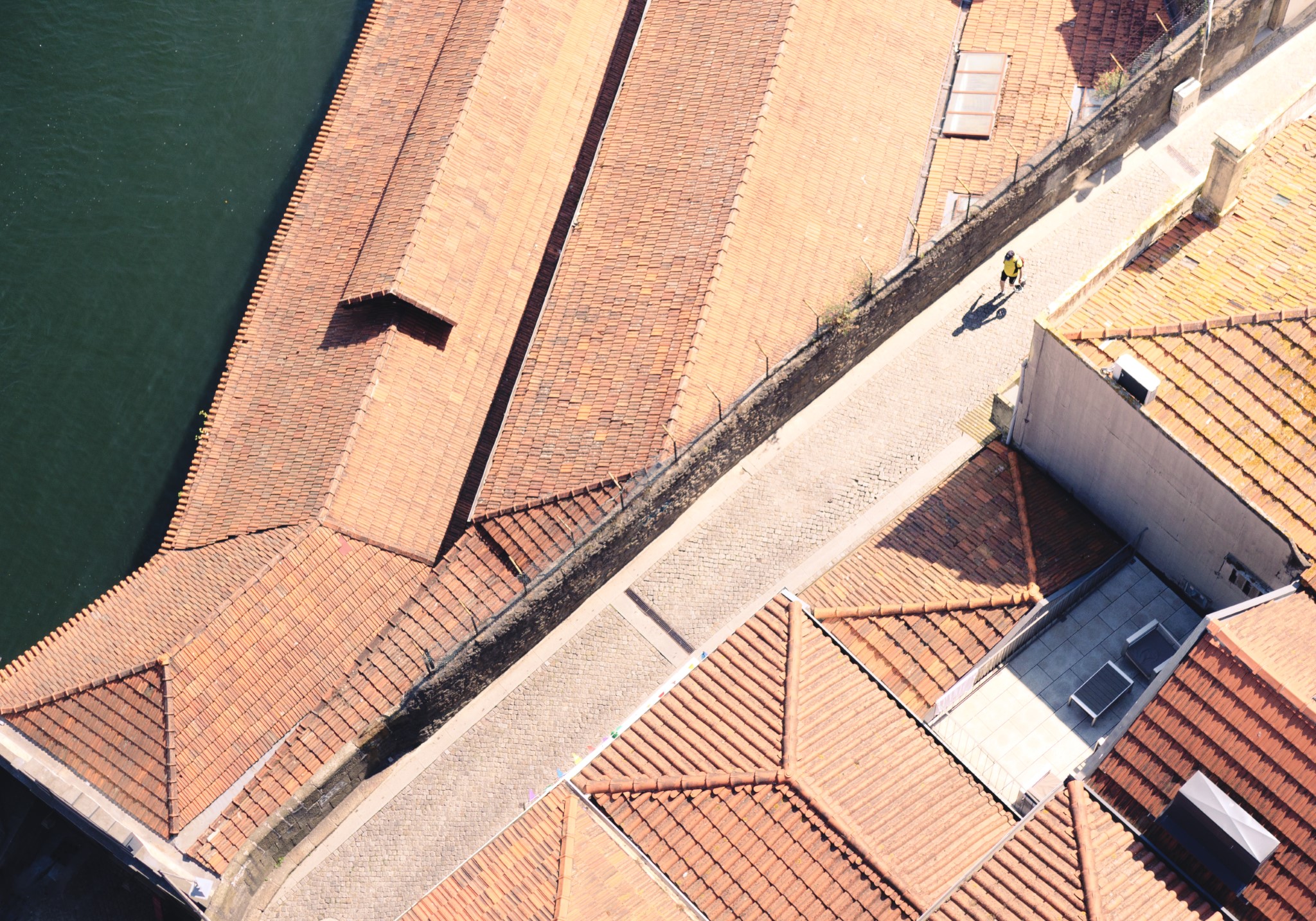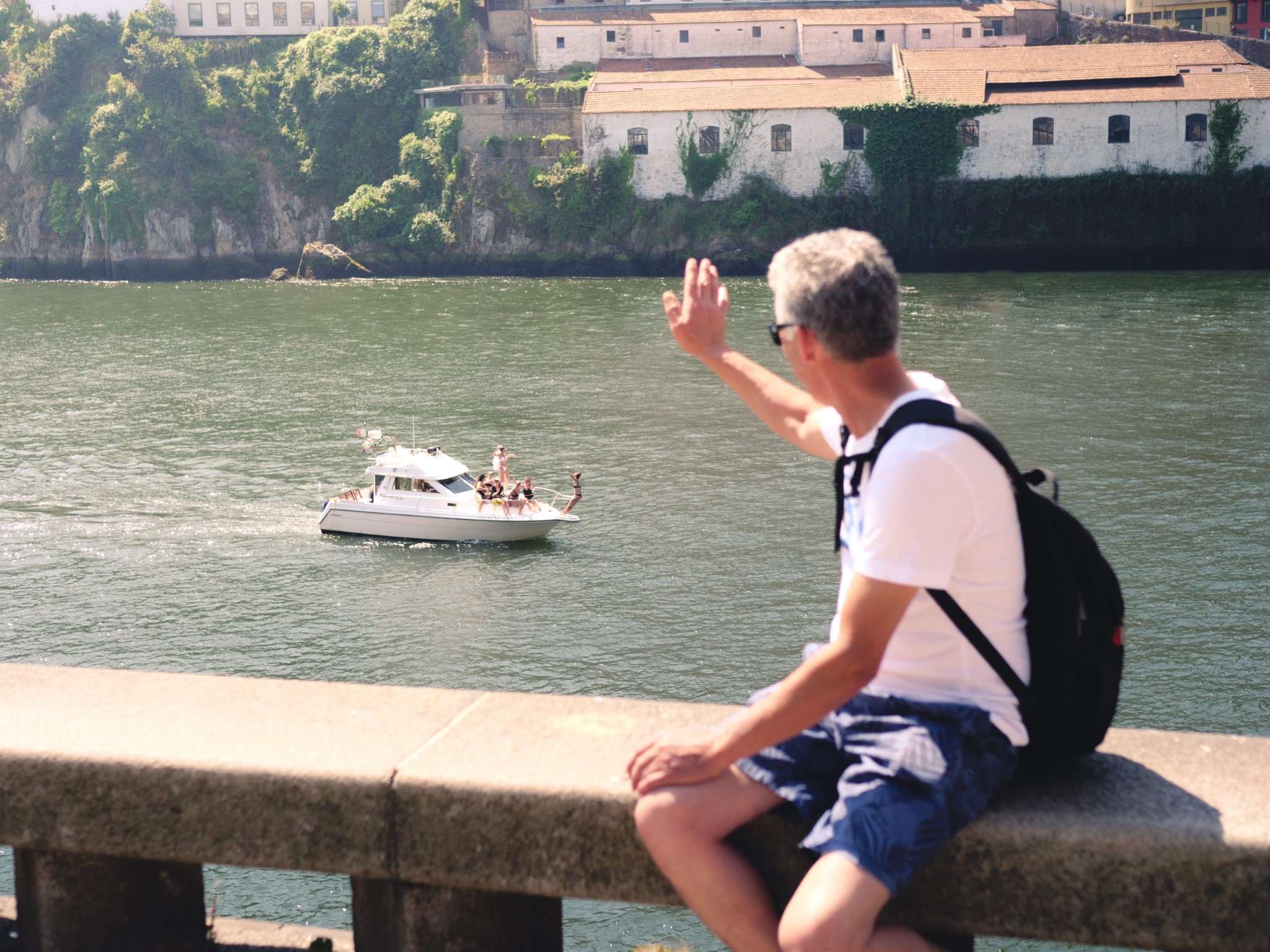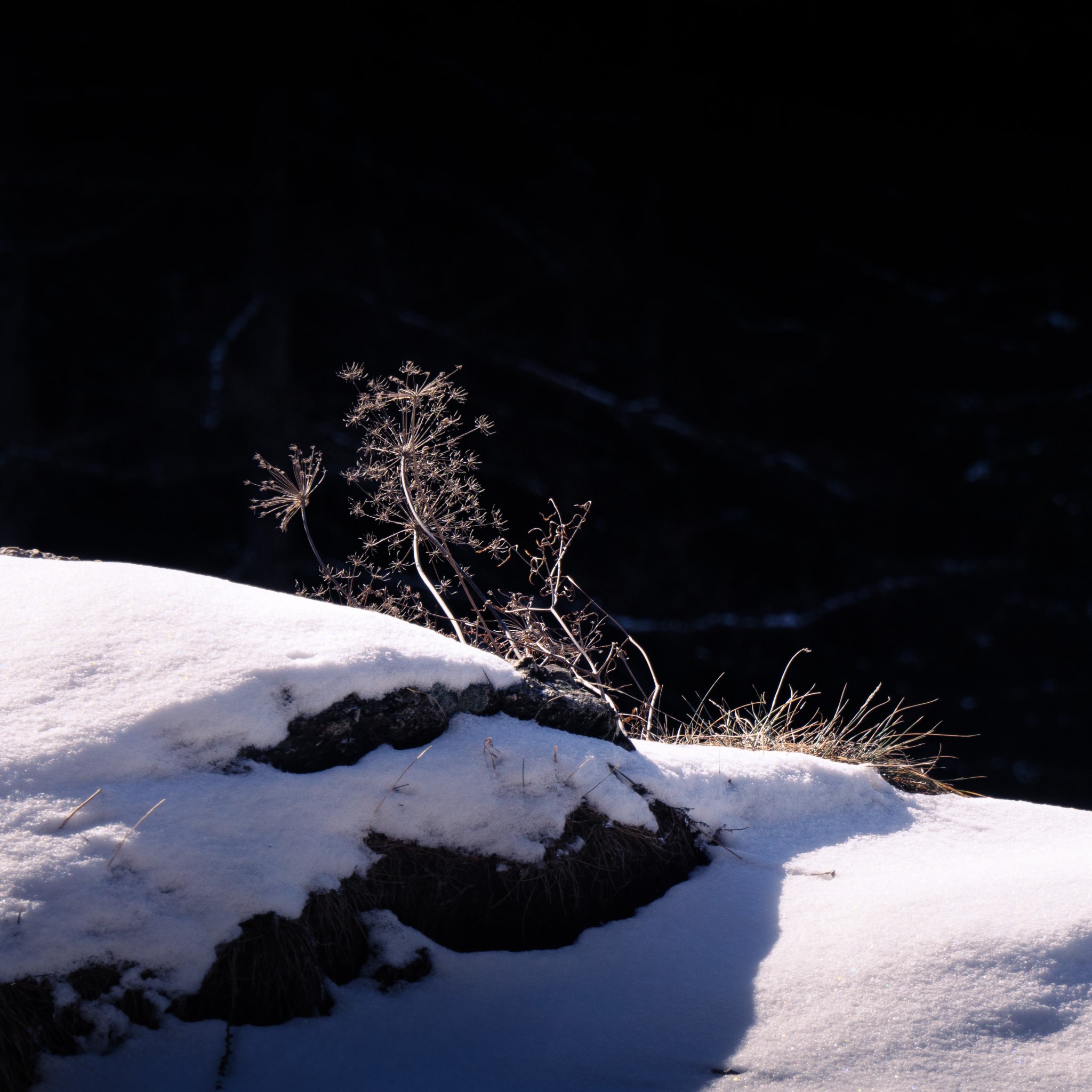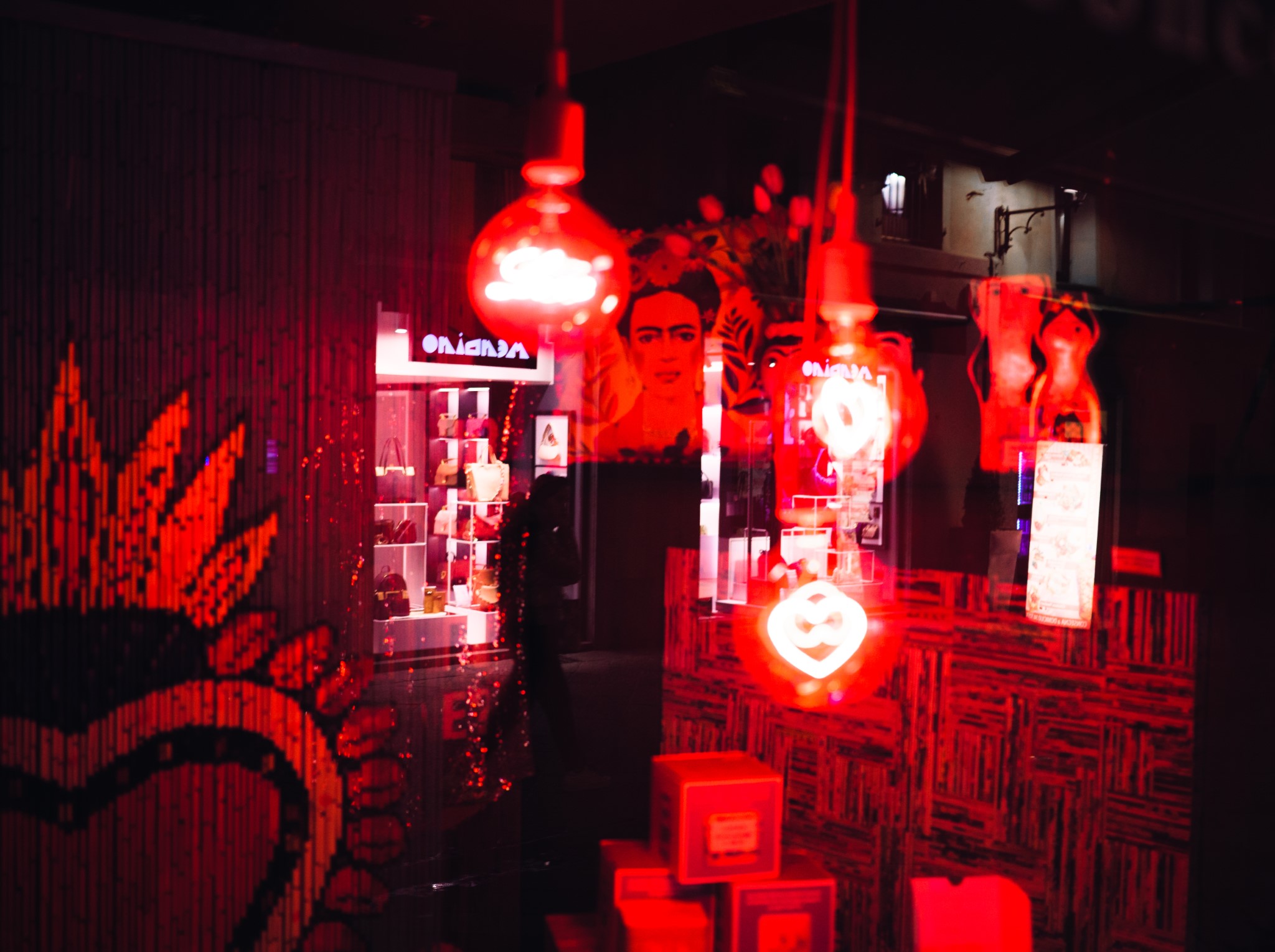One surefire way to not improve your photography – or anything, actually – is doing the same thing over and over. Besides, it gets boring, doesn’t it?
Sometimes I get bored too or I feel the urge to try something new. Of course, experimenting is key. Consider everything an experiment: this is probably the most important advice. Unless you’re shooting film, experimenting doesn’t cost you anything, but it might let you discover something new and exciting. Otherwise, the DELETE key is your friend.
So here are a few ideas to try and leave routine behind.
Disclaimer: I really value photographing the same location over and over, but that’s completely different from what I’m advocating for in this post.
Change Perspective
You can take a subject and photograph it from many different perspectives and get as many separate images where the subject can even look another thing altogether. Imagine a wine glass: its shape and outline look completely different when viewed from the side or from the top.

This works in any context or genre, but I think that it’s most fruitful in street photography. You see, when we are walking around a city, the easiest thing to do is shooting at eye- or chest-level. I do that all the time just out of habit and convenience. The problem is that it’s a perspective that we are all used to. We actually see the world like that. To spice things up, try shooting from a lower point of view. Try finding a high vantage point and looking down. Shoot through things and look for reflections.
Change focal length
This might be considered a variation of changing perspective, but I thought I’d mention it anyway because it’s also very useful to find new ideas in familiar places that maybe you visit all the time.
The same subject can look very different if you take a photo of it from far away with a long lens or from close up with a wide angle lens. You can emphasize certain details and hide others. Use depth of field to your advantage to give hints of secondary subjects without having them in full focus.

Bonus point if you combine a change in perspective plus a different focal length.
Look for stories
If you’re used to taking photographs of a subject, try creating images about a subject, thus including more details and hopefully giving the idea of a story. Try including some context in the frame. Is something happening? Add secondary subjects and include the surroundings – or try the opposite: remove items from the frame to increase curiosity.

This approach works in many instances, even in landscape photography. I don’t have an image to show, but this idea came to my mind: a large, old tree with a smaller one nearby, giving a sense of scale as well as a hint of passing time. Will the small tree ever be as tall as the other?
The story, after all, exists in the mind of those who look at your photographs. You just need to give hints and pose questions, and imagination will do the rest.
I wrote a post a while back about how to tell a story with images.
Go somewhere new

Of course.
But, you know, sometimes we don’t see the obvious, so here it is.
Try another genre
You might go from landscape to photojournalism if you wanted. But it’s easier than that and it doesn’t have to be so drastic.
What is a photography genre after all? The line is blurred, in my opinion, so it’s easy to try “adjacent” genres to get out of your comfort zone.
If you’re into street photography, you might experiment with portraits perhaps, or architecture. If you’re a landscape photographer, you could try focusing on smaller, more intimate scenes. Search for mini-landscapes within a wide vista. Some photographers really like macros. Try that as well: even at home, there are countless possible subjects. Your backyard is like a whole universe to explore.

There are landscapes in a urban environment: look for those shots.
Go abstract. There are a million possibilities to find patterns, shape, form, and color literally everywhere.

Shoot less, delete more
Once you find yourself in the position to be satisfied with the images you make (which is a great accomplishment!), a nice experiment to do is forcing yourself to shoot less.
Be more selective. Demand more from your photography. Start deleting all your “meh” images and only keep the great ones. By allowing you to create less images and be more “picky”, you automatically improve your skills.
This way you get into a virtuous circle that will hopefully improve your images and make you discover new things that you might like.
Shoot with other photographers
I realize that we photographers mostly want to shoot alone, at our own pace, but please bear with me.
If you have friends that are into photography, try going out with them and shoot together. Your ideas will mix and grow with theirs and you’ll find new inspiration. Their style will contaminate yours and vice versa.
Conclusions – and what not to do
I hope I gave you some hints on how to experiment more and thus create more – maybe even to get you out of a creative rut.
One thing is for sure: if you’re stuck, don’t keep doing whatever you’re doing. Change, experiment, try new things. You will have fun and you will also improve as a photographer.

